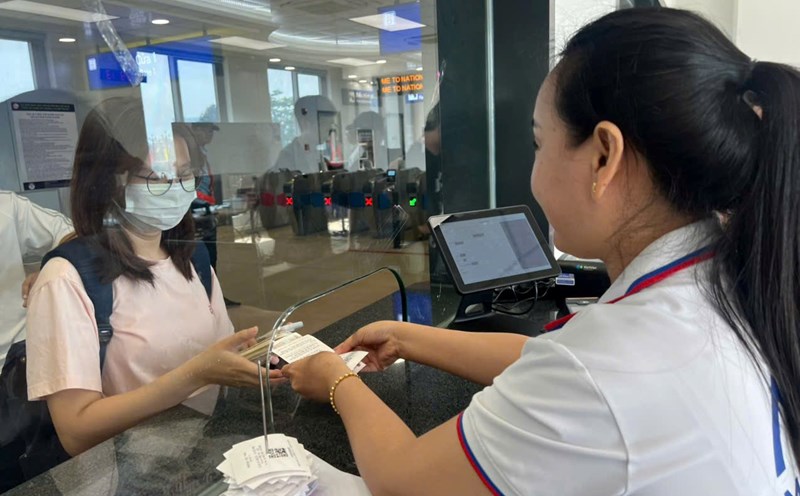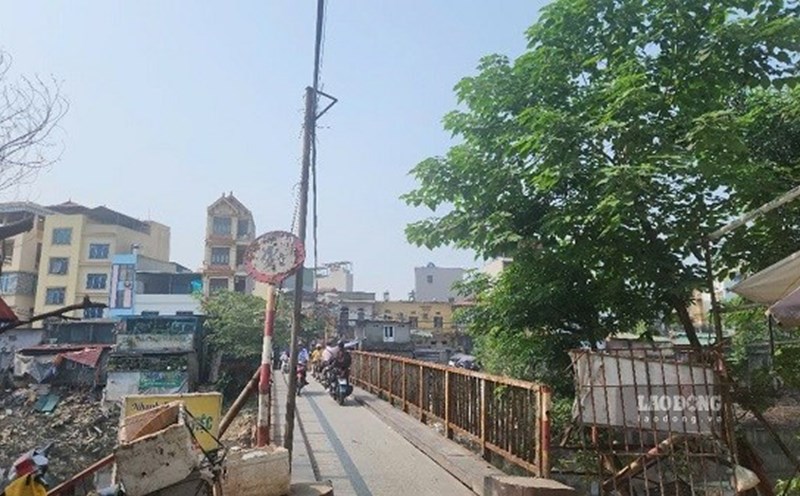According to the plan of the Ministry of Public Security, the Ministry of Construction and the Hanoi People's Committee, all 12 stations on the Cat Linh - Ha Dong route with 65 ticket gateways have been integrated into a trial system. The program was implemented by Hanoi Metro in coordination with VISA and VietinBank, marking an important step in the roadmap to build smart, modern and friendly public transport in the capital.
Passengers can use a chip-embedded citizen ID card, an electronic ticket on the Hanoi Metro application, a ticket card or a VISA international payment card to get through the gate. In particular, biometric technology is applied, allowing identification and authentication of passengers with just a few quick steps.

In the early days, many passengers expressed their excitement when experiencing ticket checking using facial recognition technology for the first time. This is much more convenient, without worrying about losing paper tickets or having to look up cards. Just show the face and the gate is identified and opened very quickly.
At the same time, the group of passengers over 60 years old - who are exempted from tickets - can easily use chip-embedded ID cards to travel, minimizing cumbersome procedures.
The application of electronic identification and biometrics not only helps passengers save time, but also opens the door for smart traffic management and operation. When the system is synchronized, passenger data will be stored securely, serving traffic analysis, optimizing operating frequency, and at the same time improving ticket fraud prevention and control capacity.
This is also a concrete step in realizing Hanoi's smart urban development strategy to 2030, aiming to integrate many public services and urban utilities through digital platforms, from healthcare, education to transportation. In particular, metro - as the backbone of the public transport system - is an ideal place to deploy and replicate advanced technologies.

According to the representative of Hanoi Metro, many countries such as Japan, Korea, Singapore... have applied biometric identification in the metro system. Hanoi's testing of this solution affirms the proactive approach to global trends. The long-term goal is to integrate multi-vehicle payment, so that passengers who only need one method can travel by metro, bus, electric taxi or public bicycle.
However, the challenge is not small. The issue of personal data security, system stability and people's consensus need to be ensured. Experts suggest that Hanoi Metro should continue to collect feedback from passengers, improve technology before expanding to other metro lines in the future.
Hanoi Metro hopes that through this experiment, it will bring passengers a safe - convenient - environmentally friendly experience. New technology not only changes travel habits, but also contributes to enhancing the image of a modern, integrated and sustainable capital.












